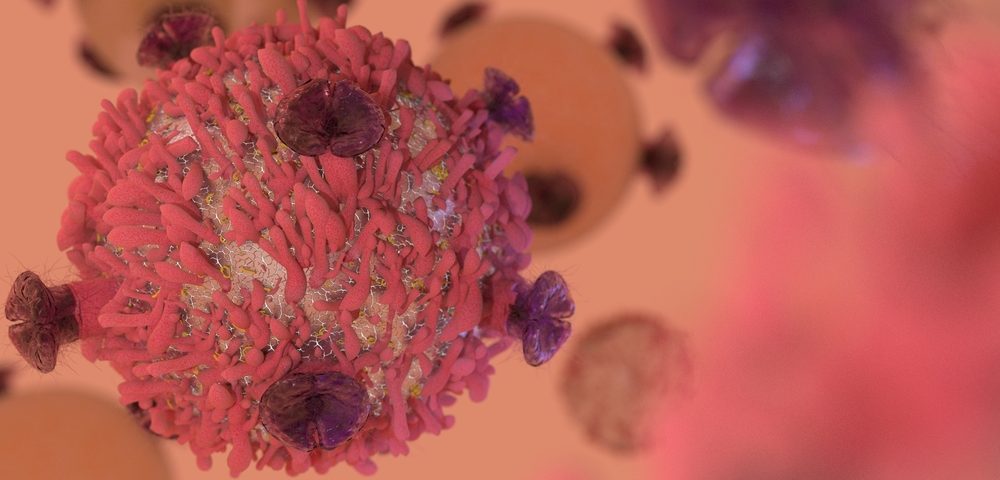Researchers unraveled the structure of interaction between immunotherapy drug Yervoy (ipilimumab) with its target molecule, and were able to build a three-dimensional model of the binding between the two. These results will aid in the development of more efficient and less toxic therapies.
The study, “Structural basis for cancer immunotherapy by the first-in-class checkpoint inhibitor ipilimumab,” was published in the journal Proceedings of the National Academy of Sciences.
Strategies to enhance our immune system’s capacity to fight cancer, collectively known as immunotherapies, have shown great promise in the therapeutics field. Since the U.S. Food and Drug Administration first approved Yervoy for the treatment of metastatic melanoma in 2011, a growing number of immunotherapies have reached the market, including Keytruda (pembrolizumab), Opdivo (nivolumab), Tecentriq (atezolizumab), and Bavencio (avelumab).
But despite proving key strategies for cancer therapeutics, immunotherapies carry potentially severe side effects. These are mostly linked to the fact that by enhancing the capacity of the immune system, we also risk targeting healthy tissues.
Now, a team of researchers at Albert Einstein College of Medicine with colleagues from Bristol-Myers Squibb showed for the first time at the atomic level how Yervoy binds to its target, a receptor known as CTLA-4 that is located at the surface of key cells of our immune system, the T-cells.
T-cells’ activity is regulated by a plethora of receptors which can either activate or inhibit them. In explaining how this process occurs, Dr. Steven Almo, one of study’s lead authors, compares it to the mechanism that runs our automobiles.
“Certain proteins on the T-cell surface act as the ignition, since their recognition of infectious microbes or malignant cells turns on the T-cell,” he said in a press release. “But as with a car, you also need an accelerator – a different set of proteins that stimulates the T-cell to actually kill the malignant cell it has recognized. Then, at some point, you want to turn off the immune response so T-cells don’t attack healthy tissues. So additional T-cell surface proteins act as brakes, working in opposition to the accelerator receptors to bring the whole system back to normal again.”
Unfortunately, tumor cells have managed to exploit the T-cells’ complex regulatory signaling. By expressing surface molecules that work as “brakes,” tumor cells remain safe from T-cell targeting.
Immunotherapies do the reverse, and engage to block the brakes expressed by tumor cells. One of these is the CTLA-4 receptor.
Almo’s team and colleagues constructed a three-dimensional model of the complex interaction underlying the binding of Yervoy to its CTLA-4 target. The structure, identified using a technique called high-resolution X-ray crystallography, shows why Yervoy is an effective drug: It competes with the tumor cells’ molecules aiming to bind CTLA-4.
Understanding the structure of Yervoy binding to CTLA-4 will help scientists design more effective and less toxic versions of Yervoy, researchers concluded.


